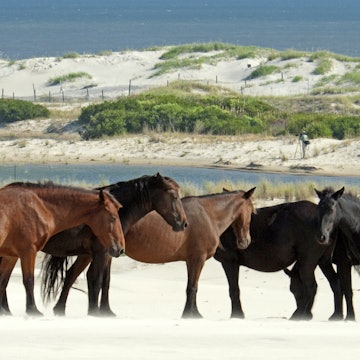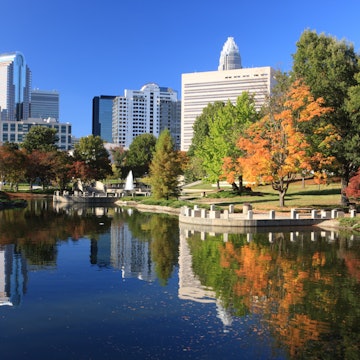

© Pgiam / Getty
Overview
From the mighty mountains in the west to the ethereal islands lining the Atlantic coast, North Carolina has limitless opportunities for outdoor adventures, matched with the dynamic cities of Raleigh, Charlotte, Durham and Asheville.
Leave the planning to a local expert
Experience the real North Carolina. Let a local expert handle the planning for you.
Must-see attractions
Planning Tools
Expert guidance to help you plan your trip
Best Things to Do
If you’re looking to visit the top attractions for couples, solo travelers and families in Durham, North Carolina, start with these 12 places.
Read full article
Best Places to Visit
North Carolina attracts history buffs, outdoor lovers, foodies, families, and couples in search of a romantic getaway.
Read full article
Best Time to Visit
Whether you want to hit the beach, catch the autumn foliage or enjoy a spectrum of outdoorsy activities, here are the best times to visit North Carolina.
Read full article
Free Things to Do
Exploring the gorgeous state of North Carolina doesn't have to break the bank. Here are out favorite free activities, from the mountains to the coast.
Read full article
Best Road Trips
While it’s possible to explore by bus or train, there’s nothing quite like navigating the Tar Heel State's curving roads from behind the wheel of a car.
Read full article
in partnership with getyourguide
















